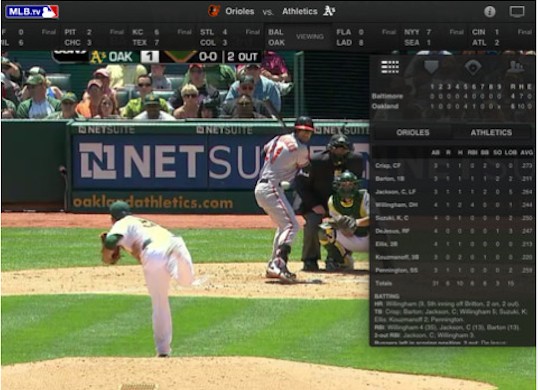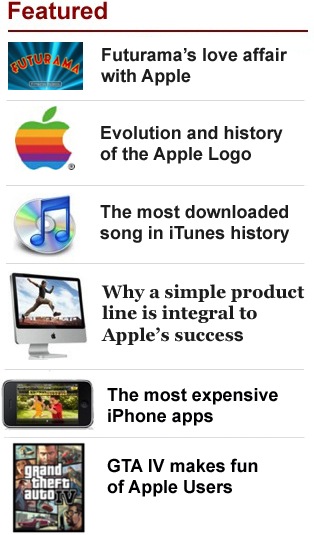Apple’s first “hub strategy”, so to speak, placed the PC at the epicenter of user’s lives and was first introduced in 2001 at Macworld when Steve Jobs introduced Apple’s “Digital Hub” strategy. 10 years later, Apple recognized the shifting technological landscape, and introduced iCloud in the process.
“We think this is going to be pretty big,” Steve Jobs said upon unveiling the service during WWDC 2011.”We’re going to demote the PC and the Mac to just be a device. We are going to move the digital hub, the center of your digital life, into the cloud.”
During Apple’s earnings conference call this past January, CEO Tim Cook didn’t mince words when asked about Apple’s plans for iCloud.
“It’s not just a product,” Cook explained. “It’s a strategy for the next decade.”
iCloud, as the name implies, enables users to seamlessly sync all different kinds of data between devices without having to lift a finger.
Incidentally, Apple may not have had the best track record with respect to cloud-computing, but they know talent when they see it and they once made a play at Dropbox a few years back. As the story goes, Apple offered Dropbox $800 million, an offer which Dropbox co-founders Drew Houston and Arash Ferdowsi ultimately turned down.
Jobs reportedly saw Dropbox, or perhaps more specifically the service they provided, as a strategic asset and he wanted in. But Dropbox’s co-founders wanted to run their own company and weren’t putting themselves up for sale. Following Dropbox’s rejection of Apple’s offer, Jobs chatted with the 2 co-founders for a while, giving them advice and answering their questions about various topics. And during the course of all this, he also issued a typically Jobsian threat, telling them that he was going after their market.
“He said we were a feature, not a product,” co-founder Drew Houston recalled.
All of that aside, Bill Gurley recently explained why Dropbox is so potentially disruptive.
Once you begin using Dropbox, you become more and more indifferent to the hardware you are using, as well as the operating system on that device. Dropbox commoditizes your devices and their OS, by being your “state” system in the sky. Storing credentials and configurations of devices, and even applications are natural next steps for this company. And the further they take it, the less dependent any user becomes of the physical machine (HW and SW) that is accessing that data (and state). Imagine the number of companies, as well as the previous paradigms, this threatens.
Astute analysis, but we think this more aptly fits when applied against seamless cloud computing on the whole. Apple’s iCloud thus far has amassed over 100 million users, this according to CEO Tim Cook who divulged the figure during a keynote presentation at the Goldman Sachs Technology and Internet Conference.
In any event, cloud computing services such as Dropbox may commoditize devices to a certain extent, this dynamic really applies only towards content. The nuance, though, is that the way users interact and use said content on their devices varies wildly. Sure, cloud computing may sync up all my photos, but the type of viewing experience offered by various smartphones is anything but consistent.
Related: Apple’s Finder team balked at incorporating Dropbox functionality into OS X






Tue, Mar 13, 2012
Comments Off on iPhone becomes most popular phone in Japan